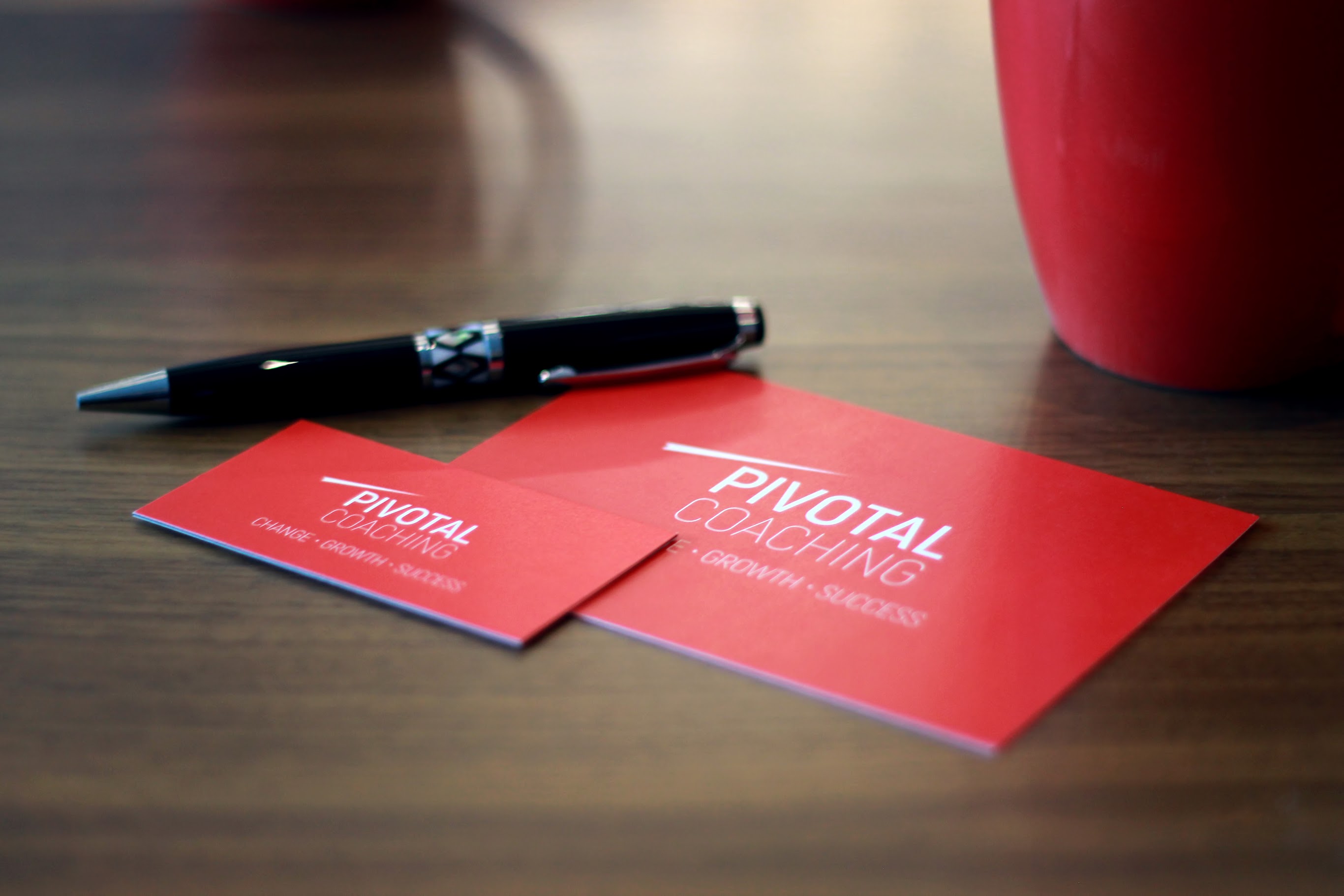Engaging In Autopilot
- Pivotal Coaching

- Sep 14, 2018
- 4 min read
Updated: Nov 17, 2019

When habits can accelerate or cause speed bumps.
Summer is that rare time of year that our work worlds slow ever so slightly, vacation time is maximized and we focus more on fun and social time than all work. We break our routines with different schedules. Summer time has passed and here we are in September. Summer vacation and summer pace are over and we turn to getting back into our routines, or work habits. It’s time to shift our work engines in drive and get our speed back on pace for the last part of the year.
Health check your habits
What’s your connection to habits? For some of us, we have strong habits, or rituals, that form our day. These habits may be how we find our comfort and how we do our best work. What if your comfortable habits have put you in auto-pilot? I realized the other week I was on autopilot when I drove my husband to work. We live 4 minutes from downtown and I drive him to work most mornings. We take the same route. This particular morning he told me twice he wanted to be dropped off at a different place. As I turned down our familiar route he reminded me that I wasn’t going to the desired destination. I was on the wrong route. He said to me, “You are on autopilot this morning,” and I really was. I began to think about other things I did in habit, automatically and without much thought.

Research shows that 45% of our waking behaviour is habitual. My morning is filled with a number of habits repeated every day. They are habits I enjoy. Reading the news. My morning cup of tea (and it has to be my favourite tea). The routine of planning the day. Once I dig into my day, however, it’s never the same.
Habits tune-up
Definition of habit:
a settled or regular tendency or practice, especially one that is hard to give up.
As you gear back up from summer mode to work mode, invest time in looking at how much of your style, your work, your day and your presence has become a habit. Habits may not just be physical, they can be thinking, they can be relationships and they can be language. The gauge of whether you are in the right gear is if you are on plan, realizing your goals and having fun along the way.
One of the onboarding questions I ask every client is: What events have happened in your life that have involved change, risk or challenge?A question like this gets to habits. What your comfort, resilience and mindset is to these situations gets to habits and being able to work from a place of discomfort. The discomforting truth is that the biggest and boldest results are realized from a place of discomfort. The wrinkle is that habits make us comfortable. Being in a comfortable place makes life feel easier.

Assessing your habits
Many of you have already done Pivotal Habits Self-Assessment. Self-awareness and self-assessment are always step one. Put yourself in neutral and spend time on a check-in. If you think or feel, and trust your intuition on this assessment, that you might not be objective about how you are showing up, get feedback. I write, speak and share insights on how I see opportunity for people benefit from more frequent feedback. The only gauge of knowing how you are showing up is the experience of those you interact with. The feedback exercise I do with my clients involves developing 4 – 6 questions that will offer very specific feedback. My clients will tell you that putting this feedback into motion is very uncomfortable, yet the value and learnings are a very high return.
One small change
Change is often associated with big change. Change momentum can begin with only one small change repeated. A change in routine, a change in perspective, a change in attitude about someone. One small step is momentum. Momentum can create a whole chain reaction of events and circumstance.
Your homework
Over the next couple days add in a little more time at the end of meetings and your day to reflect. At what times and in what situations were you in autopilot? Consider the habits you most value and are most comfortable with. Now take a look out in a couple years - where do you want to be and what do you want to realize? The big question is: What habits could get in your way of getting to what you want?
It’s the change in your behaviour that shifts your momentum.
A new habit has five elements:
• a reason
• a trigger
• a micro-habit
• practice
• a plan.
Should this now have you thinking about change and working differently, then set your goals.

Lisa W. Haydon is the President and Founder of Pivotal Coaching Inc. She left her comfortable corporate career several years ago to follow her passion of helping people realize their potential and companies to realize high performance. Lisa is a growth focused entrepreneur, leadership development consultant and certified executive coach. To her clients, she brings business experience with prestigious corporations and continuous education. Lisa’s work in business operations and B to B sales expertise allowed her to create a differentiated coaching model and client experience. Lisa and Pivotal Coaching are known for 1:1 and cohort Programs in leadership development and sales effectiveness.
%20RGB_edited.png)







Comments